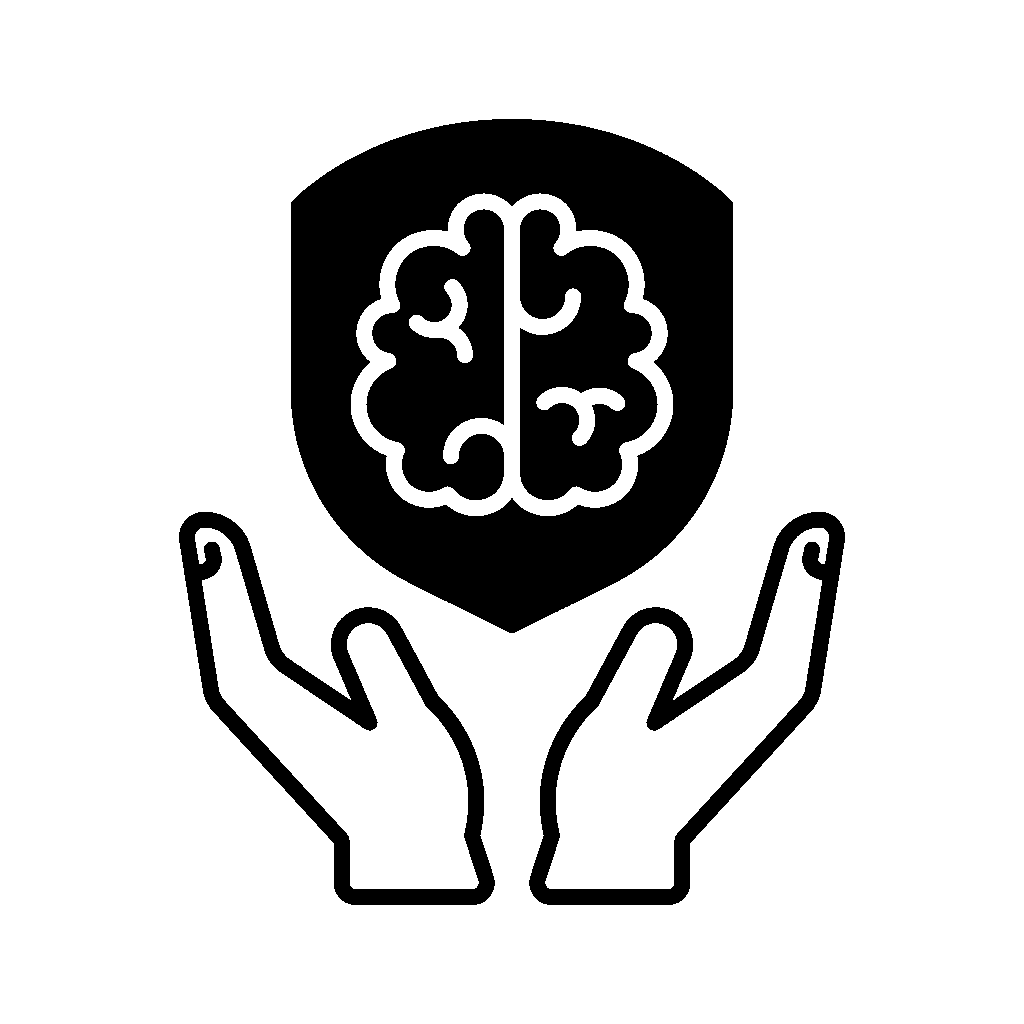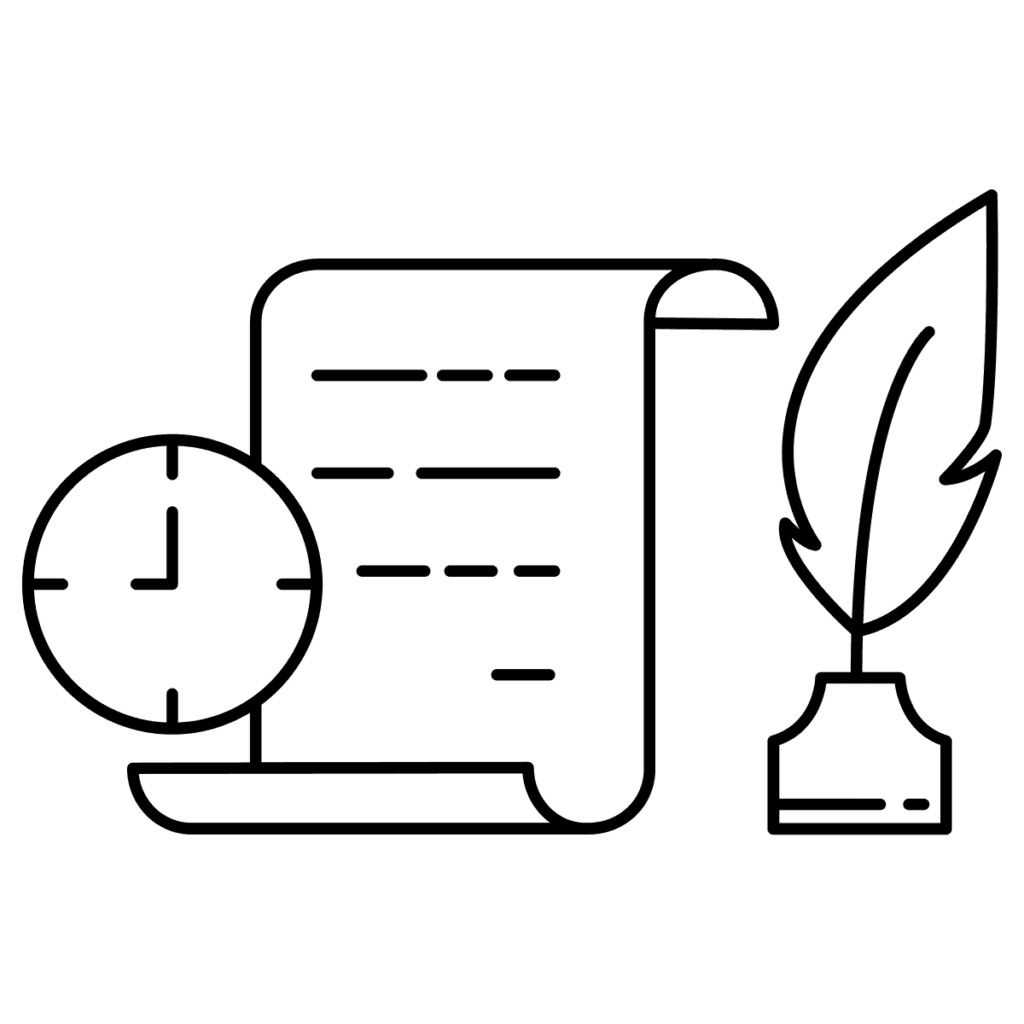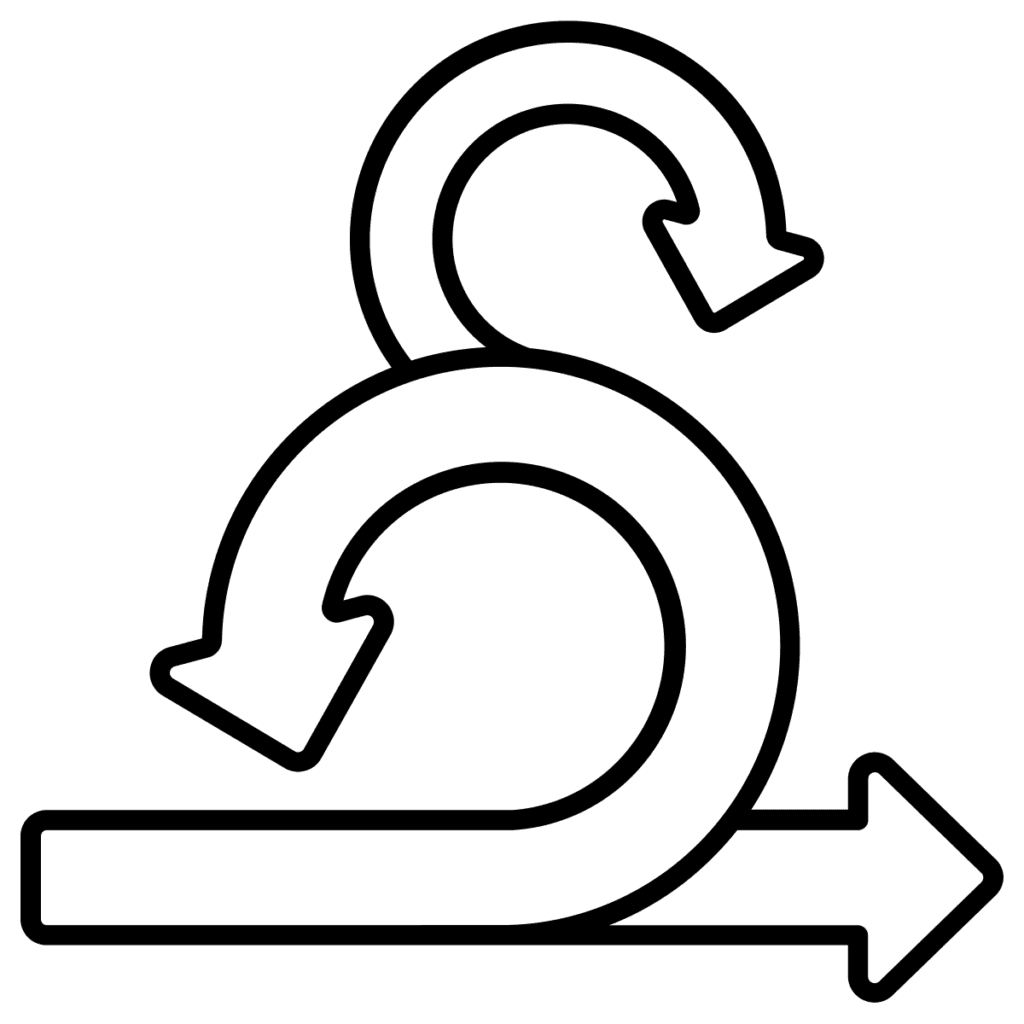Psychological Safety

History of Scrum

Scrum originated in the 1980s from Japanese manufacturing concepts, particularly Toyota’s lean production. Ken Schwaber and Jeff Sutherland formalised Scrum for software development in the 1990s, drawing inspiration from rugby’s collaborative team dynamics. As one of the first Agile frameworks, Scrum introduced sprints, daily standups, and retrospectives, revolutionising project management through iterative development, transparency, and continuous improvement practices.
Scrum Master Definition
A Scrum Master is a servant-leader responsible for promoting and supporting Scrum as defined in the Scrum Guide. They help everyone understand Scrum theory, practices, rules, and values whilst serving the Development Team, Product Owner, and organisation. Scrum Masters facilitate events, remove impediments, and coach teams towards self-organisation and high performance without traditional management authority.
Program and portfolio management

Scrum at program and portfolio levels involves coordinating multiple teams and products towards strategic objectives. This includes prioritising initiatives, allocating resources, managing dependencies, and measuring progress against business goals. Agile program management maintains flexibility whilst ensuring strategic alignment, requiring adapted governance, reporting, and decision-making processes that support rather than constrain team autonomy.
Agile transformation

Agile transformation involves organisational change from traditional to agile ways of working, requiring cultural, structural, and process modifications. Successful transformation includes leadership commitment, clear vision, gradual implementation, and continuous learning. Change management addresses resistance, builds capabilities, and creates supportive environments. Transformation is ongoing, requiring patience, persistence, and adaptation based on organisational learning and feedback.
Change management

Change management in Scrum contexts involves helping individuals and organisations transition from traditional to agile approaches. This includes addressing resistance, building capabilities, communicating benefits, and providing support throughout transformation. Effective change management uses coaching, training, communication, and gradual implementation strategies whilst acknowledging that change is difficult and requires time, patience, and sustained effort.
Metrics and reporting

Agile metrics focus on value delivery, team performance, and continuous improvement rather than traditional project tracking. Key metrics include velocity, burndown charts, cycle time, customer satisfaction, and team happiness. Effective reporting emphasises trends over absolute numbers, promotes transparency, and guides decision-making. Metrics should drive improvement conversations rather than performance judgements, maintaining focus on outcomes.
Stakeholder management

Effective stakeholder management involves identifying, engaging, and satisfying diverse interests throughout product development. This includes regular communication, managing expectations, gathering feedback, and balancing competing priorities. Product Owners lead stakeholder engagement whilst Scrum Masters facilitate relationships and remove organisational impediments. Success requires understanding stakeholder needs, maintaining transparency, and building collaborative relationships.
Common challenges and solutions

Common Scrum challenges include resistance to change, unclear roles, poor Product Owner availability, inadequate technical practices, and organisational impediments. Solutions involve education, coaching, organisational support, and gradual capability building. Addressing challenges requires identifying root causes, implementing systematic improvements, and maintaining persistence. Success comes through learning, adaptation, and continuous improvement rather than perfect initial implementation.
Continuous improvement

Continuous improvement is fundamental to Scrum’s empirical approach, involving regular reflection, experimentation, and adaptation. Teams use retrospectives, metrics analysis, and feedback to identify enhancement opportunities. Improvement culture requires psychological safety, learning mindset, and organisational support for experimentation. Effective improvement focuses on small, incremental changes rather than major transformations, building capability gradually through practice and reflection.
